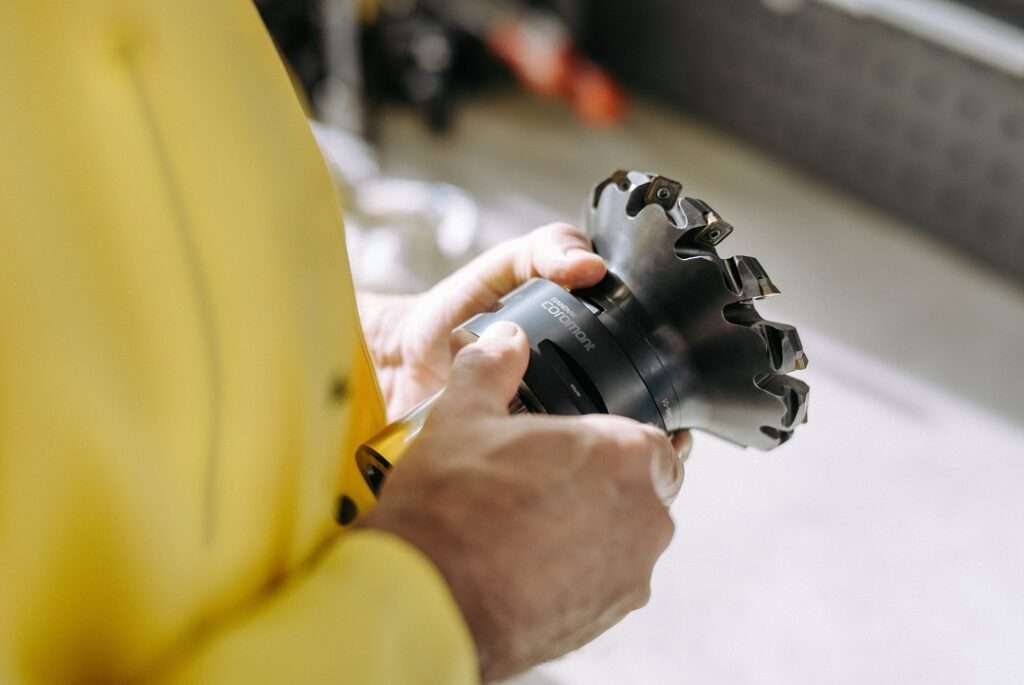India is making significant strides to establish itself as a global manufacturing center, according to a recent report by Lazard. The report highlights several initiatives and reforms that the Indian government has implemented to boost the manufacturing sector and attract foreign investment.
Key among these initiatives is the “Make in India” campaign, launched to promote manufacturing within the country and turn India into a manufacturing powerhouse. This campaign has focused on improving infrastructure, easing regulatory processes, and providing incentives to both domestic and international companies.
The report notes that India has made substantial progress in enhancing its business environment. Reforms in labor laws, tax policies, and land acquisition processes have been introduced to make it easier for businesses to operate and expand. These measures have been well-received by the global business community, leading to an increase in foreign direct investment (FDI) in the manufacturing sector.
Another significant factor contributing to India’s potential as a manufacturing hub is its large and skilled workforce. With a young and increasingly educated population, India offers a vast pool of talent for various industries. The government has also launched several skill development programs to ensure that the workforce is equipped with the necessary skills to meet the demands of modern manufacturing.
The report also highlights the development of industrial corridors and special economic zones (SEZs) across the country. These zones are designed to provide businesses with world-class infrastructure, including transportation, logistics, and utilities, at competitive costs. This infrastructure development is crucial in attracting global manufacturers to set up operations in India.
Additionally, India’s focus on digital transformation and innovation is playing a key role in its manufacturing strategy. The adoption of advanced technologies such as artificial intelligence, robotics, and the Internet of Things (IoT) is helping Indian manufacturers improve efficiency and reduce costs, making them more competitive on the global stage.
Lazard’s report emphasizes the strategic importance of India’s geographical location. Positioned between major global markets in Asia, Europe, and Africa, India offers a strategic advantage for companies looking to serve these regions. The country’s extensive trade agreements with various countries further enhance its appeal as a manufacturing destination.
Despite these positive developments, the report acknowledges that challenges remain. Issues such as bureaucratic red tape, inconsistent policy implementation, and infrastructure bottlenecks need to be addressed to fully realize India’s potential as a global manufacturing hub.
However, the overall outlook is optimistic. With continued efforts to improve the business environment and a strong commitment to industrial growth, India is well on its way to becoming a leading global manufacturing center.
The Lazard report paints a promising picture of India’s manufacturing future. The country’s proactive steps in policy reform, infrastructure development, and skill enhancement are paving the way for a thriving manufacturing sector, positioning India as a key player in the global manufacturing landscape.







